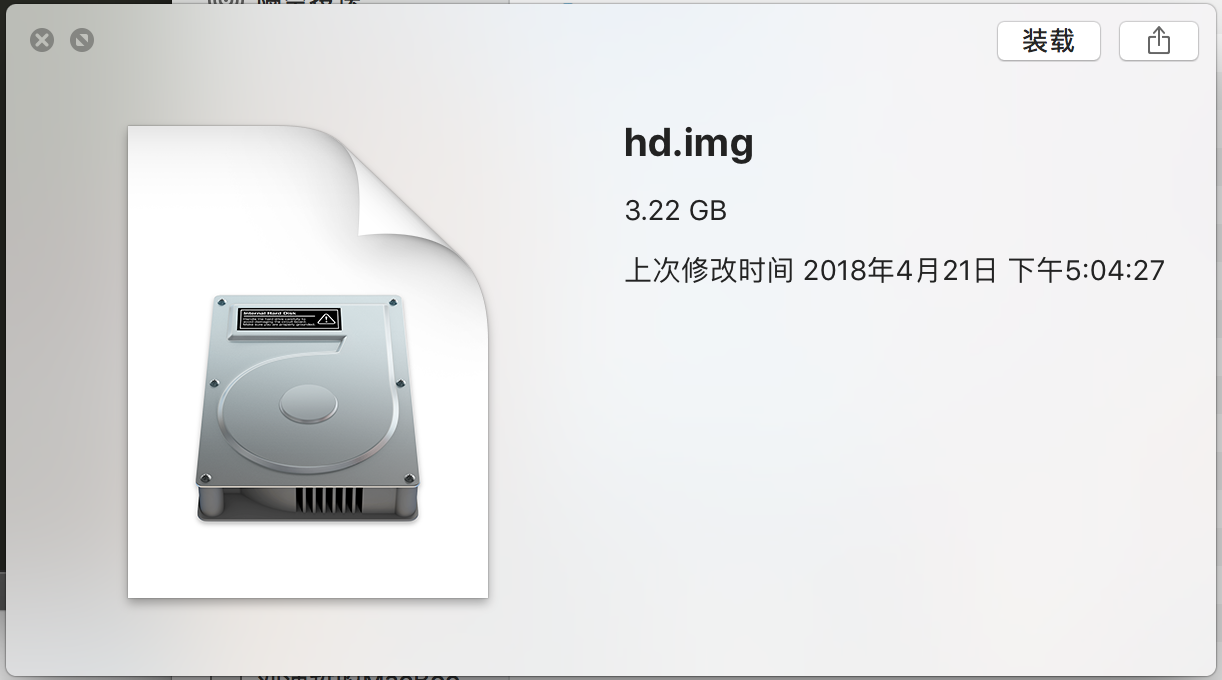
The command to convert the image is: qemu-img convert -f vmdk -O vhdx Windows-10-圆4.vmwarevm/Virtual\ Disk.vmdk Windows-10-圆4.vhdx If you are a Home Brew user, you should be able to install their version. For me, the easiest way to get the tool was to use MacPorts and “ sudo port install qemu“. Unfortunately, UTM does not include the tool only the library. To convert the image, you are going to need the qemu-img tool from the qemu package.

You will also need to delete any snapshots you have to make sure you have the most up to date VMDK. If you see a bunch of vmdk files inside with -# number extensions, then you need to go into VMware settings and uncheck the option to split it into 2GB chunks. Locate the VMDK file from your VMware VM inside the virtual machine folder. I’m not sure why UTM requires this and will not use a VMDK directly, but there you go. You have to convert the VMDK file to a VHDX image. If you are using VMware, there is one extra step. If you have a Hyper-V virtual machine, you can just import the VMDX hard disk image directly in to UTM (though why you would use the unmitigated disaster that Hyper-V is I’m not sure…). There is a much easier way, if you already have a running virtual machine. The instructions on the UTM site involve you doing some weird hoop jumping to create an ISO. The engine I am using is UTM, which is a nice front end for the qemu open source project. To get it working, I took an existing VM that I had running in VMware Fusion on my previous Intel based Mac.

To get it to work, you will be emulating x86-64 instructions, rather than pure virtualization, which means it will be noticeably slower than running on an Intel based Mac. Yes, it is, in fact possible (and in fact, it’s free, too).


 0 kommentar(er)
0 kommentar(er)
